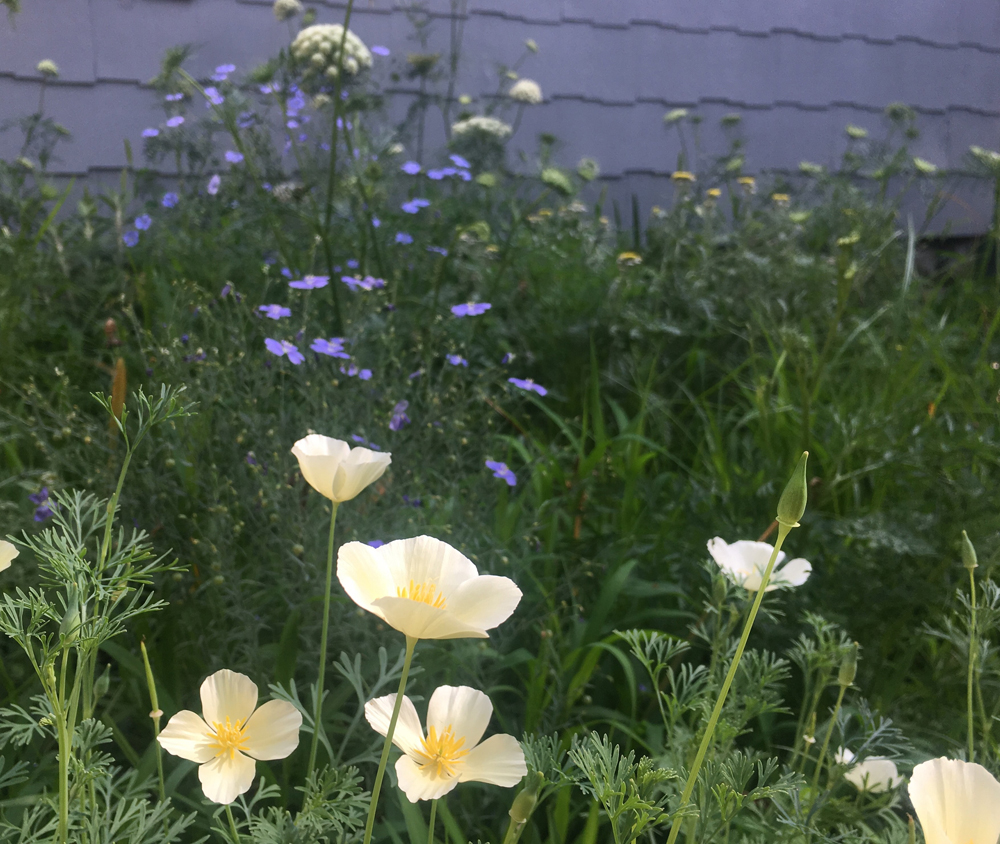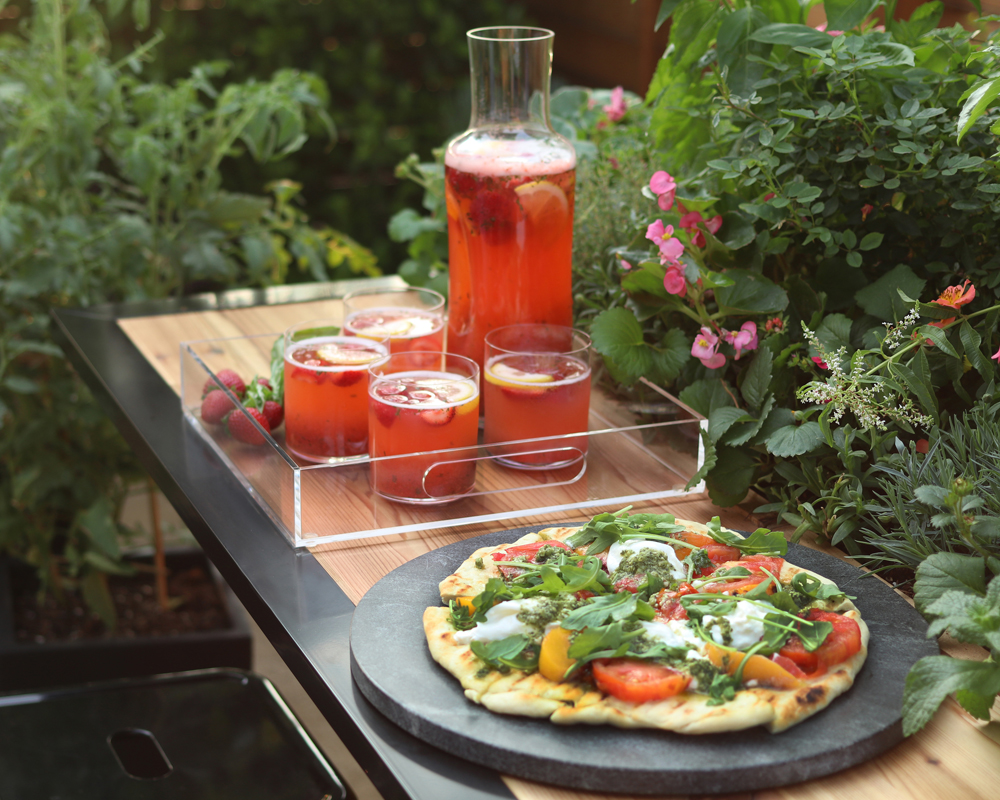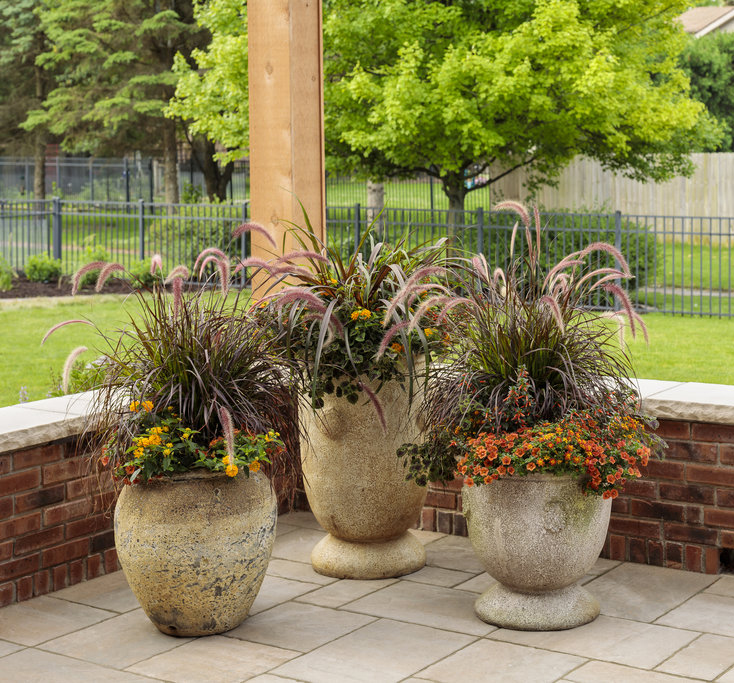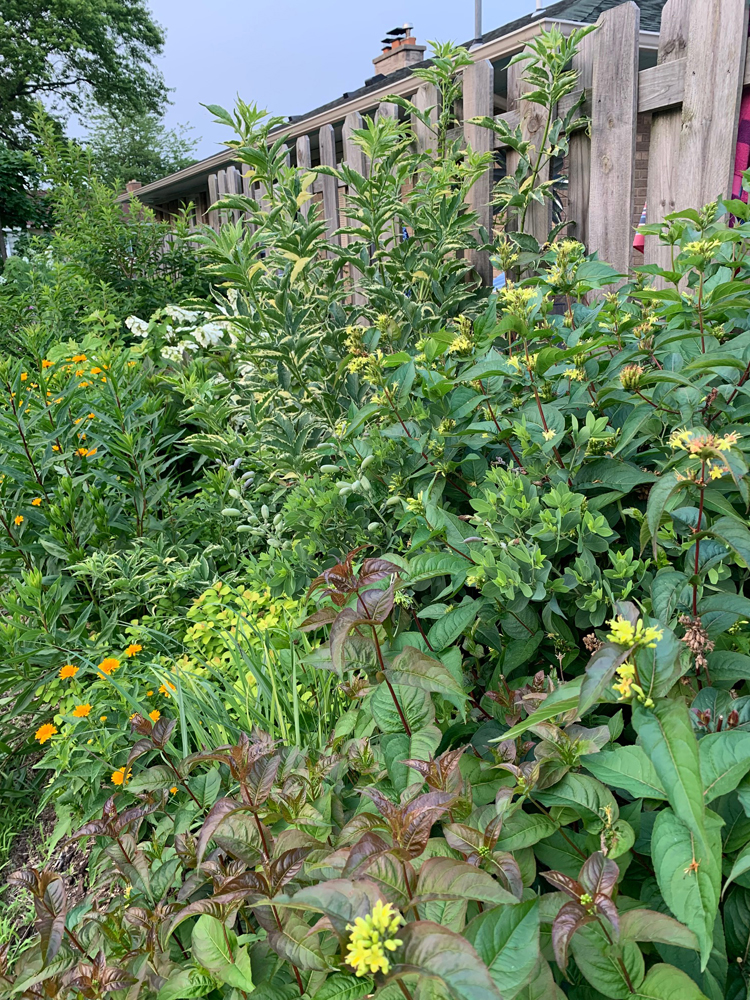More Lessons from the Garden
No matter how long you’ve been gardening, there is always something new to learn. Here are a few more lessons our fans have shared with us from their own experiences.
We’re so excited by the impressive number of submissions we received from plant enthusiasts willing to share something they learned from their garden this season. Here is part two of Lessons from the Garden. (Read part one here.)
Jessica Tatro, Pleasant View Gardens, the Garden Gal
“Regular watering and fertilizer really make plants perform to their potential. We had a dry spell right in the middle of the planting season and there was one landscape bed where the sprinkler was just barely hitting the edge where Mecardonia GoldDust was planted. They were surviving, but not flowering like normal because of water stress and because the continual release fertilizer we applied at transplant wasn’t being activated to release.
“We pointed this out to our garden crew and after 2 weeks of regular watering, the plants filled in, started blooming like crazy, and the bees started coming to visit.”

Kerry Meyer, Proven Winners, Constantly Learning Gardener
“I re-learned that having different textures when planting a garden, or even a container, is one of the keys to having an interesting design. If the textures are too similar – I chose way too many plants with small foliage and petite flowers – the plants tend to blend together. Some larger foliage and flowers would have helped all of the plants strut their stuff in these beds.”

Kimberly Moore and Luci Fisher, University of Florida Fort Lauderdale Research and Education Center, Goddesses of Horticulture
“We were reminded of three things that we should have remembered. First, it is important to properly prepare the flower beds and completely remove the weeds because weeds grow faster than the plants and make the beds look messy. Second, we were reminded that in Southern Florida many plants that die back during the cold persist and can be invasive. Third, when you place containers near the trial beds, you must remember to add drip irrigation lines in the containers because they dry out faster than the beds.”

Kristina Howley, Proven Winners ColorChoice Shrubs Horticulture Content Specialist, Weedy Lawn Admirer
“After letting them flower in my lawn, I have embraced many plants that are often thought of as undesirable weeds. My husband and I saw firsthand their ability to feed pollinators when there was a flowering lull in our garden.”

Kyra Back, Cincinnati Zoo and Botanical Garden, Color-Design Enthusiast and Devotee to Flora
“This year I learned that, like the new Sun Impatiens, Caladiums are now being developed for sun and shade which will give more options for use in the landscape. I also learned to take a little more color risk with my designs, finding more ways to bring out the many hidden shades within foliage and flowers.”

Laura LeBoutillier, Garden Answer
“This year I learned just how much sun a coleus from the ColorBlaze series could handle. Living in a harsh, high desert climate, I thought coleus could only grow in shade. Not the case! Here you can see the gorgeous ColorBlaze Golden Dreams coleus growing beautifully alongside a Carding Mill rose in full sun.”

Lauren Kowtko, Executive Assistant, Passionate Gardener, Photographer
“While chronicling my gardens through photography, I’ve unlocked a hidden world of beauty. There are many things that can be discovered in pictures that may not have been before, like when I found an adorable little bee catching some shut eye in my zinnias. If you pay attention, you may find your own little treasures all around."

Marci McIntosh, Four Star Greenhouse, Humbled Gardener
“A garden is a living entity and cannot be predicted. This planter seemed to be an even planting in the spring and based on our trialing, these varieties should have grown well together. But just four weeks later, Supertunia Sharon had taken over both Supertunia Raspberry Rush and Diamond Snow Euphorbia. You can see it starting to take over in this picture. Believe it or not, this planter had three of each variety planted. From August through September, I had a beautiful Supertunia Sharon monoculture!”

Mary Ann Beaudry, @GraceInThisSpace, Lifelong Gardener
“What has my garden taught me this year? Don’t give up! Nine years ago, I was diagnosed with a rare inner ear condition that made it impossible to garden. Slowly, I’ve worked my way back into gardening a bit more each year. This year, my gardening dreams came true with a feature in Better Homes and Gardens!”

Meghan Proska, Dallas Arboretum, Plant Nerd Extraordinaire
“Edible landscapes can be more than just veggies. Normal bedding plants like pansies or impatiens not only add color to the landscape, but color to pastries, salads, and other foods.”

Melissa Shepherd, Walt Disney World Gardener Specialist and Trial Garden Coordinator
“Common understanding is that when planting mixed containers, the material chosen should have similar cultural needs. I have decided that this is only partially true.
“When it comes to putting together mixed containers, light level tolerance is the aspect to pay most attention to (full sun v. full shade). Planting combinations of plants that, on their own, require different amounts of moisture is not as important in combinations. Plants that require more water will take up more water. The ones that don’t do not stay too wet because the thirstier ones take care of the excess moisture.”

Nancy Chennault, The Plant Station Consultation Division, 20 Year Plant Trial Evaluator, Castle Rock Blooms Volunteer Coordinator
“Climate change/global warming has led us to a ‘new normal’ in the Pacific Northwest. We’ve watched it creeping toward us from the South. Especially over the last 20 years, I have become increasingly aware that PNW weather is more like Northern California with warmer, drier summers and mild winters. Insects which haven’t persisted beyond an occasionally colder ‘single digit’ winter are now an annual problem with a fast-expanding range.
“What I learned new this year is to have more of an acceptance of climate change. We can’t fight it anymore and expect the trend to return to what we have known before. We have to adjust our garden choices and practices to this new normal, almost as if we are gardening for the very first time.
“It is a somewhat daunting challenge to shed former practices and expectations and embrace new seasonal plants both in the flower/vegetable garden and in landscapes. We try to look at it as a brand-new world of plants open for exploration and evaluation.”

Norman Winter ‘The Garden Guy’, Horticulturist, National Columnist, Speaker
“Throughout my horticultural career I’ve stressed the importance of plant selection, not only for beauty and perseverance, but also for the role they play in our ecosystem. This year was filled with one ‘Oh-My-Gosh’ moment after another as my attention was drawn to the frenzy of a songbird, hummingbird or butterfly feeding on a plant. They often caught me totally by surprise. Proven Winners’ Rockin’ salvias, Color Coded echinaceas and Truffula Pink gomphrena were all champions.”
Color Coded™ ‘Orange You Awesome’

Patrick Ryan, Alaska Botanical Garden Education Specialist, Anchorage
“Something I’ve learned in the 20 years at the Alaska Botanical Garden is that every plant tells a story. Often, the Latin species epithet reveals details about the plant. A favorite flower of mine here is Linnea borealis which reminds us of Linnaeus’ work.”

Penny Merritt-Price, Young’s Plant Farm of Alabama Trial Manager, Avid Gardener
“Summer gardening in Alabama can be a challenge and flowers are my expertise. I plant vinca, coleus, begonias and salvia with great success every year. This year, I planted vegetables for the first time in a long time. The tomatoes needed more sun and the squash were eaten up borers, but the peppers were ridiculously easy.
“I did all the things you need to for a good garden – well-drained soil, watering and fertilizing as needed, and the payoff was amazing. I had sweet and hot peppers from July until the first frost in November! This year, I learned I will be planting peppers alongside my vinca every year!”

Shannon Downey, Proven Winners ColorChoice Shrubs, Happy Mom of Two
“I spent the majority of the 2019 gardening season very, very pregnant, so I learned the importance of low-maintenance plantings. I didn’t have the time, energy, or lung capacity for endless chores, but there were corners of the garden that looked gorgeous without lifting a finger. Anything that didn’t make it through this year’s neglect will be replaced with a lower maintenance option so I can spend more time caring for my family than for my plants.”

Stacey Hirvela, Proven Winners ColorChoice Shrubs, Lover of Plants and Insects
“In 2019, I learned just what “deer resistant” really means. Though I’ve dealt with deer for a while now, this year they came to my yard more often and were more voracious than ever, and a lot of plants were seriously damaged. It has been a great lesson in discovering not just what they tend to ignore, but how deer browsing impacts a plant’s shape, size, and bloom time.”

Want to read more Lessons from the Garden? Click here for part one of this series.




